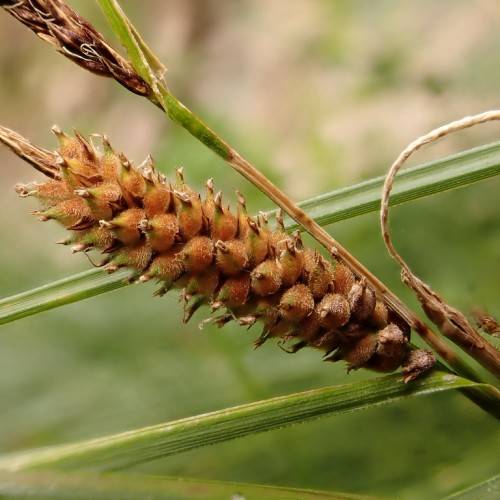
Woolly Sedge
Carex pellita
Also Known As - Broadleaved Woolly SedgeWatering:
Average
Hardiness Zone:
Flowers:
Flowers
Sun:
Sun, Partial Shade, Deciduous Shade (Spring Sun)
Soil:
Humus Enriched
Leaf:
Yes
Growth Rate:
Low
Drought Tolerant:
Yes
Salt Tolerant:
Yes
Care Level:
Medium
watering
White Tinged Sedge (Carex peckii) should be watered once a week. Use approximately 1 quart of water for each square foot of soil. During warmer weather, it is beneficial to give an additional quart of water twice a week. It is important to monitor soil moisture and adjust watering frequency accordingly. The soil should be slightly moist, but not soggy.
sunlight
White Tinged Sedge (Carex peckii) prefers partial to full sun. The plant can tolerate some full sun in cooler climates, but requires more shade in hotter climates. It needs at least 4 to 5 hours of direct sunlight per day, with some shade in the afternoon during the hottest part of the day in warmer areas. During the summer, your White Tinged Sedge should receive the most sunlight in the morning and late afternoon with some shade during the hottest part of the day.
pruning
White Tinged Sedge (Carex peckii) should be pruned in the spring, after they become active in the growing season. Pruning should be light, no more than about 10-20% of the total amount of foliage should be removed. This will help keep the plant healthy and promote new growth. Pruning may also be necessary to keep the plant looking tidy, if there are dead or dying leaves. Care should be taken to not prune any off of the flowering stalks or the plant will not flower that year. Pruning is not necessary, but it can help keep the Sedge looking healthy and vibrant.
